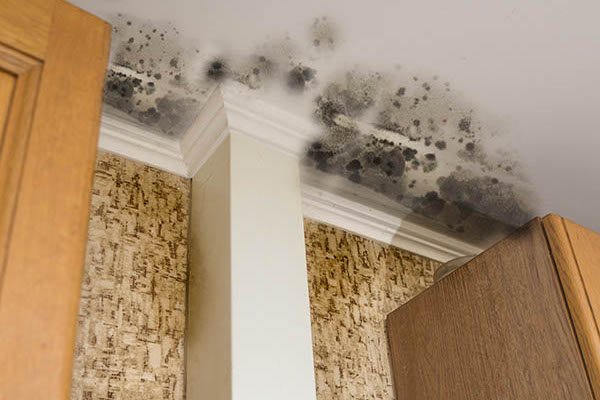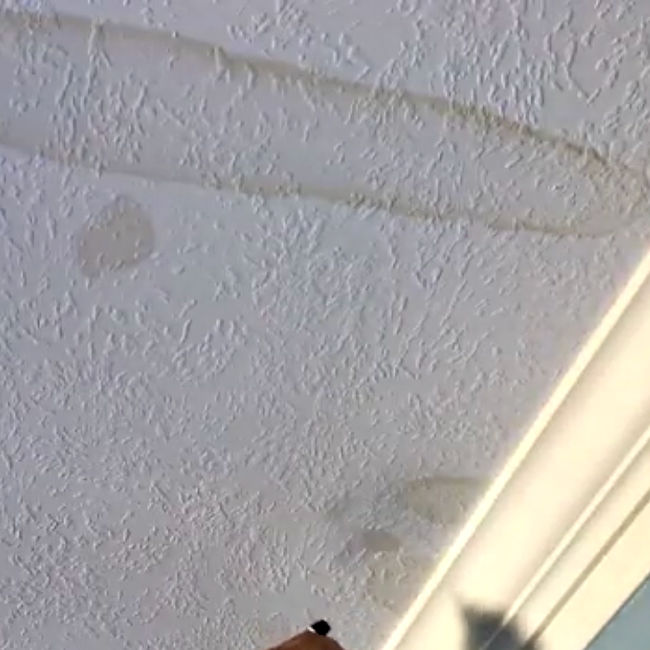Wall Water Stains Uncovered - Your Roadmap To Checks And Repairs
Wall Water Stains Uncovered - Your Roadmap To Checks And Repairs
Blog Article
What're your opinions on Water Stains on Walls?

Water spots on walls are not pleasurable to the eyes. Sometimes it appears nearly inevitable to experience water discolorations on walls in residences.
Homeowners living in damp areas constantly deal with the concern of water discolorations on walls. With precise and also well-shaped information on the causes of water spots and also punctual repair processes, you will always be an action in advance of such events.
3 Typical Sources Of Water Stains on Walls
Unlike popular belief, water stains on walls do not constantly come from inadequate building materials. There are a number of root causes of water discolorations on walls. These include:
Moist
When warm wet air meets with dry chilly air, it triggers water beads to base on the walls of buildings. When there is heavy steam from food preparation or showers, this takes place in restrooms as well as kitchen areas. The water beads can discolor the bordering walls in these parts of your residence and also infect various other areas.
Moist or condensation affects the roof and also wall surfaces of structures. When the wall surface is damp, it produces a suitable environment for the growth of fungis as well as microbes.
Poor Drainage
When making a building strategy, it is vital to make sure appropriate drain. This will prevent water from permeating right into the walls. Where the drainage system is clogged or missing, below ground wetness builds up. This web links to extreme dampness that you notice on the wall surfaces of your structure.
So, the leading reason for wet wall surfaces, in this situation, can be a poor water drainage system. It can likewise be due to inadequate administration of sewage pipelines that run through the building.
Pipeline Leaks
Many homes have a network of pipes within the walls. This makes certain that the pipelines are well away from the reach of harmful rodents. It constantly boosts the viability of such pipelines, as there is little oxygen within the walls. This inhibits corrosion.
Yet, a disadvantage to this is that water leakage influences the walls of the structure and creates widespread damages. An indication of damaged pipes is the appearance of a water tarnish on the wall.
Pro Idea
A houseplant in your home likewise increases its humidity. So, if your house is already damp, you may wish to present houseplants with minimal transpiration. An instance of suitable houseplants is succulents.
Water Spots on Wall Surface: Fixing Tips
When dealing with water discolorations, homeowners would typically desire a fast fix. They would certainly soon recognize this is disadvantageous as the water discolorations recur. So, right here are a couple of handy tips that will assist you in the fixing of water discolorations on walls:
Final thought
Although no one wants to have water stains on walls in their home, it can happen to the best of us. This post provides you take advantage of, as you now understand how to handle this mishap if it does take place.
It is constantly best to hire expert services to help fix the problems in your house.
Often it appears practically unavoidable to experience water stains on wall surfaces in residences.
In contrast to prominent belief, water discolorations on wall surfaces do not constantly stem from poor building products. There are a number of causes of water stains on wall surfaces. The water beads can discolor the surrounding wall surfaces in these components of your house and spread to various other areas.
Below are a couple of valuable suggestions that will lead you in the repair service of water stains on wall surfaces:
CHECKING FOR WATER DAMAGE
Water damage can be costly, and it may begin before you even notice the first signs of trouble. Water damage can cause mold and mildew in your walls and floors, which can create an abundance of health concerns for your family. It can also lead to costly repairs of various appliances and general home fixtures. To avoid the pricey consequences of water damage, here are Warner Service’s top 5 places you should check:
The walls – The easiest place to spot the beginnings of water damage is on the walls and ceilings of your home. If water damage is present, there will most likely be water stains, especially around the windows and doorframes, and/or cracks in the drywall. If a stain looks unusual (discolored to brown, black or gray, raised texture), has a swollen appearance or is soft to the touch, contact a professional immediately. The pipes – To avoid water damage, consistently check the pipes in your kitchen (especially the dishwasher and ice maker), bathrooms, laundry room (specifically washing machines) and basement for corrosion, leaks and water stains. Pay special attention to where the pipes connect in your home and the location of caulking around the bathroom fixtures, including toilets, sinks, showers and tubs. Missing or loose caulking and grout could be signs of leaking water. This seepage can also quickly cause mold and rust, so double check your water heater and tank for wet spots on the floor. The floor – Water damage is very easy to spot on the floor. Look for any warping or buckling of the material, especially in the basement. If your home has wood flooring, look for bright white or dark stains. If your home has carpeting, keep it dry and clean. A damp carpet that smells of mold could cause water damage and health problems. To avoid this, consider installing floor pans under your appliances to help prevent damages from small, slow and undetected leaks. The basement and attic – If your basement or attic smells odd check for mold and mildew around the area, especially the valley where the roof meets. While you are inspecting those areas, check for wall cracks, floor stains, rust and dampness in the insulation. If you live in a colder and/or rainier climate, perform routine checks for water damage from melting snow or ice and rain. The exterior – Check the roof for damaged flashing and missing, cracked or curled shingles. There should also be no standing water anywhere outside your home. This could be caused by puddles, leaky rain gutters or hoses, poor drainage, or short gutter spouts. Invest in a sump pump system or water flow monitoring system, and perform routine maintenance on these outdoor appliances to avoid indoor water damage.

I'm certainly very curious about How to Remove Water Stains from Walls and Ceilings and I'm hoping you enjoyed the blog posting. Sharing is nice. You just don't know, you might be doing someone a favor. I am grateful for your time. Visit again soon.
Article
Report this page